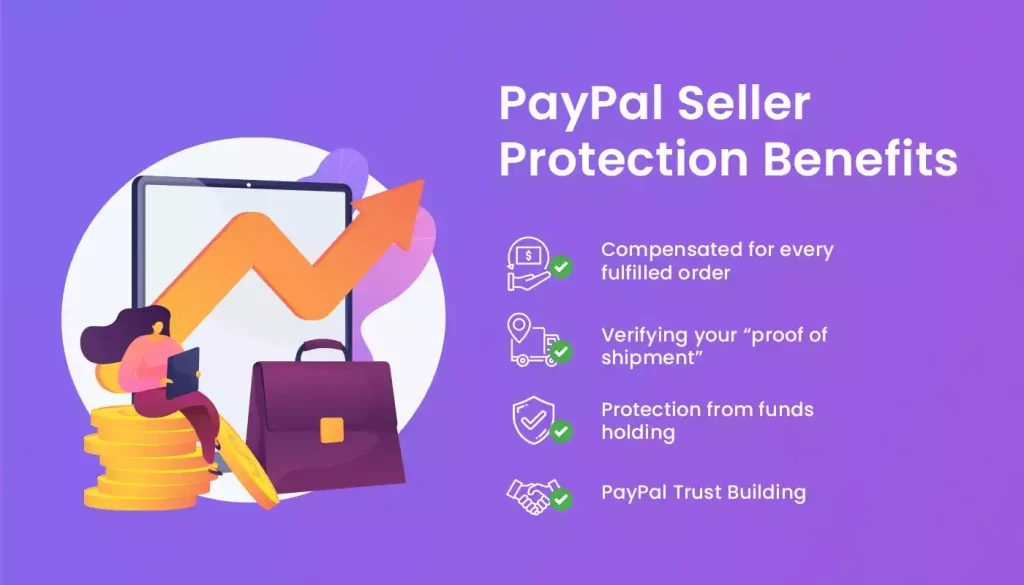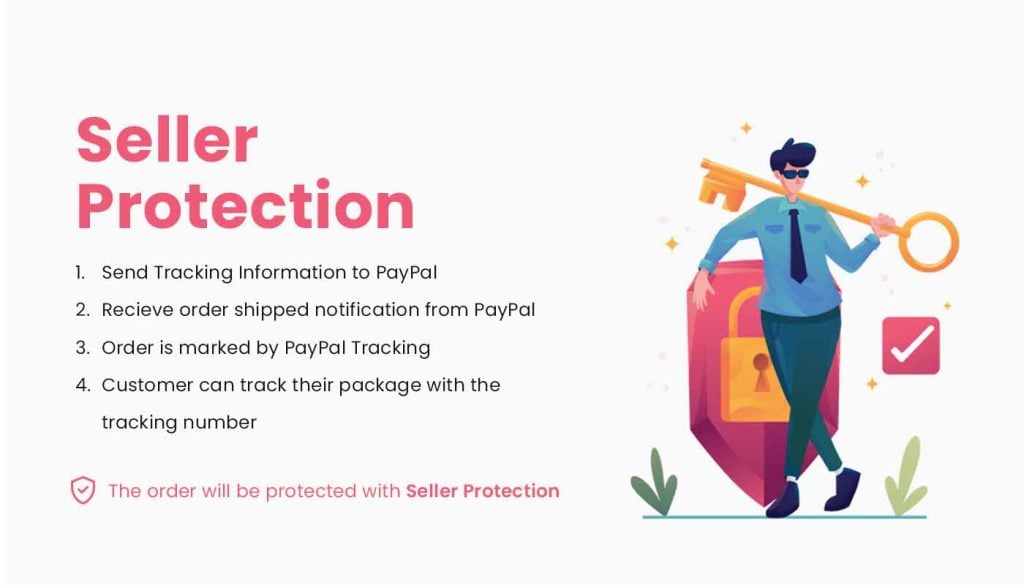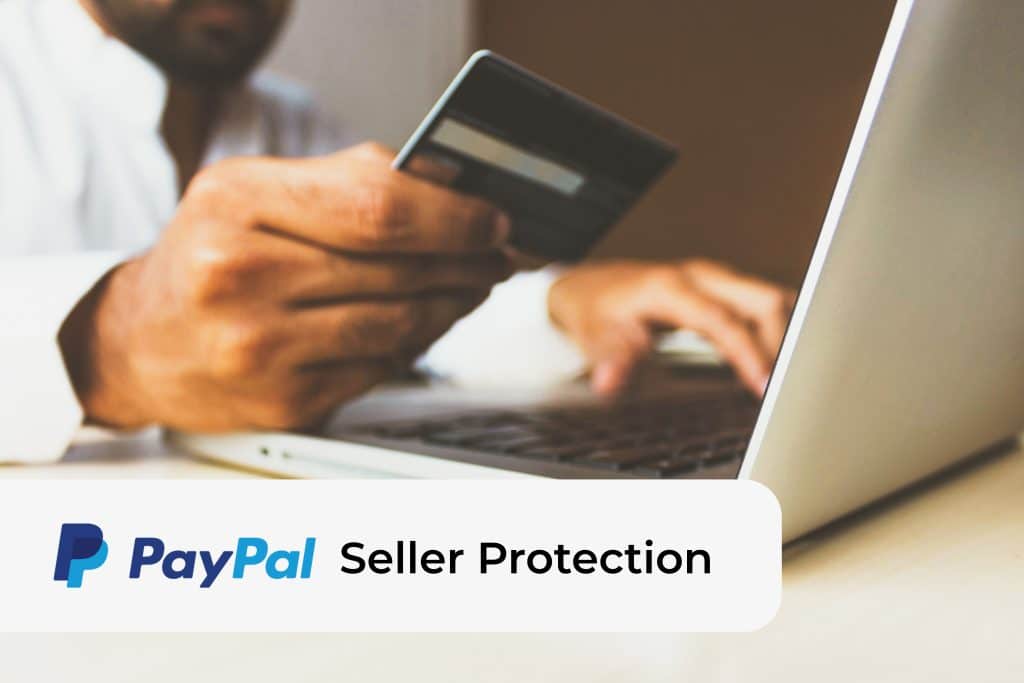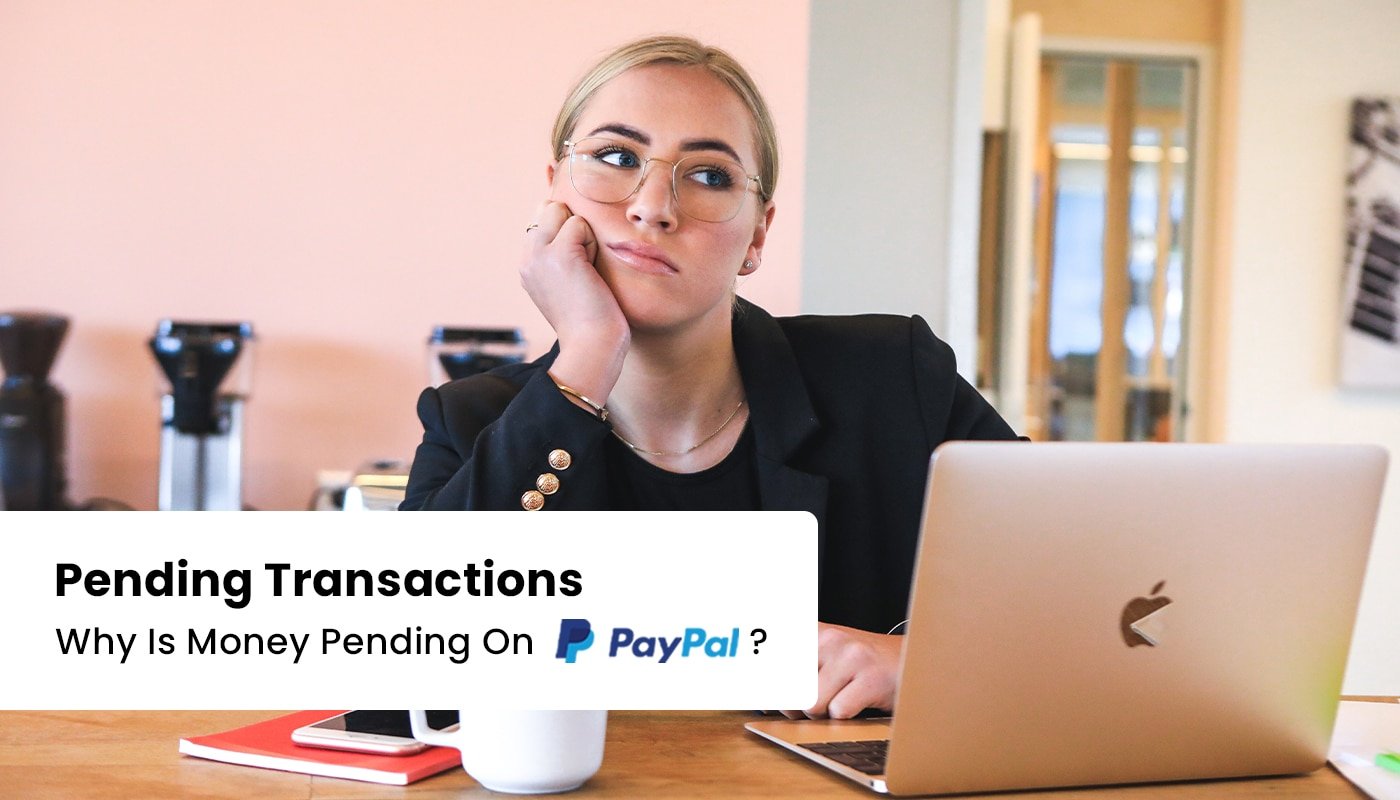Running a business can mean hundreds of PayPal orders a day. That’s why it’s important to make sure each of your transactions isn’t marked with red flags. Thanks to PayPal Seller Protection you can avoid red flags, holds, disputes, and chargebacks, all at the same time.
By unlocking Seller Protection for each transaction, you will finally start building trust with your customers and PayPal itself.
The problem is one red flag can turn into many more in the flick of an eye.
And, the worst thing about red flags is that it worsens the trust you have with payment gateways such as PayPal and Stripe.
While this may not lead to your PayPal business account is restricted, you will still suffer from having your revenue stuck inside a reserve, a lot of the time.
Read easy methods about how you can stop PayPal from holding funds.
But that’s not all, during customer disputes you will most likely not be compensated for fulfilling a customer’s order.
In simple words, you will lose money, again and again.
To gain PayPal’s trust and avoid having to deal with red flags, Paypal holds, disputes, chargeback, and plenty of other problems; there is only one solution.
What is PayPal seller protection and what are benefits of it?
By unlocking PayPal Seller Protection, you will be free from all these problems.
You will finally be able to scale your business as much as possible without worrying about the backend.
So what are the two main benefits of PayPal Seller Protection?
- You will be compensated for every fulfilled order even if the customer has filed a dispute that you are unable to win. Most of the time customers will file a dispute because the product received by them is slightly different from what it looked like on the product page. Sometimes the chargeback could be related to a billing issue or an unauthorized transaction. However if you have seller protection turned on for your account, PayPal will still compensate you for the order especially if it was not your mistake.
- In case your orders are fulfilled through a courier, It is important to make sure that the courier actually initiated the shipment of the package. PayPal will do this directly for you by verifying your “proof of shipment” with the courier. Using this process, PayPal will understand that you have actually shipped the product, and hence PayPal Seller Protection will be turned on for your account.

How to unlock PayPal Seller Protection for each order?
All your orders will be protected by Seller Protection if you can send the correct “proof of shipment” for each transaction by syncing your tracking information with PayPal.
What is proof of shipment? Here’s what PayPal says:
Proof of shipment is an online or physical documentation from a shipping company that includes the following:
• The shipping date of the item.
• The recipient’s address, showing at least the city and state, or city and country, or zip/postal code (or international equivalent). The address information on your shipping receipt must match the address on the Transaction Details page.
What is proof of delivery? Here’s what you will need:
1. The delivery date of the item that is to be shipped. The delivery status is required as well.
2. Item recipient’s address (city, state, zip code, etc) should match the shipping address mentioned on the Transaction Details page.
3. Signature confirmation which will be required when the full amount of the payment (including shipping and taxes) exceeds $750.
4. If the item is intangible, you will have to provide compelling evidence that shows that the item was delivered or that the order was fulfilled.
After sending PayPal the correct tracking information, PayPal sends a notification to the customer that your order status has been marked shipped by PayPal tracking and the customer can track their package with the given tracking number.
In this way, the customer is able to rest assured knowing that the product is on its way and there is not much room for any mistake.

What type of complaints/disputes/chargebacks are covered by PayPal Seller Protection?
1. Unauthorized transactions
Unauthorized transactions indicate that a buyer’s account made a purchase but the buyer claims that the purchase was not authorized.
These usually happen when a buyer’s account is damaged or is compromised by hackers.
Or sometimes it may just be a mistake on the buyer’s side.
To avoid losing your money, make sure that you have sent the correct proof of shipment/proof of delivery for each purchase.
Without doing this process, Seller Protection will not cover your damages.
2. Item not received
When a buyer has intentionally paid for an item but does not receive the said item, he/she may file a dispute to receive a chargeback.
Many times, the item will not be delivered to the buyer because of the courier or because there may have been a delay in delivery time.
These types of disputes may negatively affect your PayPal balance.
However, if you have Seller Protection unlocked, your balance will not be affected as long as you have provided the correct proof of delivery/proof of shipment for the item.
In addition, the buyer’s payment has to be marked “partially eligible” or “eligible”.
A rundown of all the requirements needed for PayPal Seller Protection:
1. Your permanent address (listed in your PayPal account) must be in the United States.
2. Shipment must be made to the address on the Transaction Details page.
3. Send documentation or other relevant information to PayPal as soon as you are asked
For intangible goods:
1. Met integration requirements.
2. Paid Standard Transaction Fees on the sale.
3. Delivered the item and provide Proof of shipment or delivery for Intangible Goods.
4. Signature confirmation which will be required when the full amount of the payment (including shipping and taxes) exceeds $750.
So what type of transactions are NOT eligible for PayPal Seller Protection policy?
1. Item is significantly different from how it was described or is labeled as counterfeit.
2. Item delivered by you in person unless the buyer paid using PayPal goods and services QR code.
3. Orders not processed through a buyer’s PayPal account.
4. Donations.
5. Items relating to gift cards.
6. Item paid for using PayPal’s friends and family program, PayPal Payouts, and PayPal Mass Pay.
7. Payments made in respect of gold
8. Purchase of a financial product or investment of any kind.
What is the best way to send tracking information to PayPal?
The truth is, PayPal has to process the information sent by thousands of businesses around the world.
Since verifying the data manually will take too much time, PayPal uses PayPal Server AI to automatically manage security measures related to your business account.
And, the thing is PayPal AI relies on data points (correct tracking information) to verify your shipments with the courier. As soon as PayPal AI collects enough data points, you will be able to unlock Seller Protection.
The problem is, sending the correct tracking information for each order will take huge amounts of time. That’s why it’s highly recommended to use a Shopify app that can send tracking numbers to PayPal on autopilot.
One such app is called Proveway which automatically sends your tracking information to PayPal.
The best part about Proveway is that it helps sellers unlock Seller Protection as a result of the sheer amount of trust built between you and PayPal.
By automating the entire process, you can spend your valuable time on other areas of your business.
Here’s what people say about Proveway:
“I was quite scared with PayPal holds and disputes when I settled up my dropshipping stores, But Proveway helped me sending the tracking numbers accurately to the PayPal”
-Grind Never Sleeps
“This app works well and makes PayPal Very happy. When my order is delivered this app allows me to access my PayPal funds faster and genuinely limits my PayPal Holds. I would recommend this app on my personal experience. Great Job!!!”
-My Bump Maternity
“Proveway really does the job for me, no more disputes because of wrong trackings. Used to add in all the trackings myself but now that is on autopilot”
-Mytrendy.se
It is possible to manually add the tracking information for each order but this will take up time and cause lots of headaches in the process.
Here’s how you do it:
- Open PayPal and open the “Activity” page.
- You will be presented with a list of all your transactions.
- Find the transaction that you wish to update and select “add tracking” from the dropdown list.
- Fill in all the details regarding the shipment carrier and all other relevant tracking information.
- Select “order processed” if you are selling an intangible product.
- Submit the form. Now your customer will receive an email that includes a tracking number, order status, and the details of the shipping company.
- Repeat this process for each transaction.
Conclusion
I hope today’s post explained how important it is to have PayPal Seller Protection enabled for all your orders.
Without it, you will be susceptible to PayPal chargebacks, disputes, holds, and red flags.
And since sending tracking information for each order may not be easy for everyone, it is highly recommended to use a Shopify plugin such as Proveway that syncs your tracking information with PayPal on autopilot.
Now I want to hear from you:
Why do you think seller protection is important?
Be sure to let us know by leaving a comment down below.



